The sun rises over Yosemite's granite cliffs as a line of cars snakes through the entrance station, each containing visitors who secured precious digital reservations months in advance. This scene encapsulates America's great national park dilemma: how to balance democratic access with preserving the wild solitude these places were created to protect.
The reservation system, implemented across iconic parks from Rocky Mountain to Acadia during peak seasons, has sparked heated debates rumbling through hiking forums and congressional hearings alike. What began as a pandemic-era measure to control crowds has evolved into a permanent fixture at many parks, dividing outdoor enthusiasts into warring camps.
For families like the Wilsons from Ohio, the system brought relief after previous vacation disasters. "Two years ago we drove twelve hours to Arches only to be turned away at 7 AM," recounts mother Janine, now clutching timed-entry tickets like golden prizes. "This time we knew we'd get in." The predictability allows better trip planning, reduced traffic nightmares, and guaranteed parking at trailheads - luxuries unimaginable during the overcrowded 2010s.
Yet veteran backpackers whisper about losing something essential. Retired park ranger Thomas Yates recalls decades ago when "you'd encounter maybe three people on the North Rim trail all day." Now, he argues, the reservation bureaucracy creates "an amusement park mentality" where visitors rush between Instagram stops on a strict schedule. The spontaneous magic of watching storm clouds gather over the Grand Canyon for hours? That disappears when your entry window expires at noon.
Data reveals the system's mixed impacts. Zion National Park saw a 27% drop in visitors after implementing reservations, yet crowding persists at iconic spots like Angels Landing. The parks service touts improved visitor satisfaction surveys, but critics note these primarily measure convenience metrics, not wilderness experience quality. Meanwhile, local businesses outside park gates report unpredictable revenue swings as last-minute travelers vanish.
The technological divide exacerbates equity concerns. Older visitors and low-income families without reliable internet access often get locked out when slots sell out within minutes. "My regulars who've come every Memorial Day for thirty years can't figure out the new system," admits a diner owner near Glacier National Park. Some parks now hold back portions of daily passes for in-person distribution, creating predawn queues that ironically recreate the very crowding problems reservations aimed to solve.
Ecological impacts remain hotly contested. While reduced foot traffic theoretically helps fragile ecosystems, concentrating visitors into designated areas may intensify damage to those zones. Wildlife researchers have documented altered animal migration patterns near heavily used reservation-only trails. "The bears are learning our schedule better than we're learning theirs," quips one Yellowstone biologist.
Creative solutions are emerging in the pressure cooker. Some parks now use dynamic pricing - higher fees on weekends - while others experiment with lottery systems for coveted backcountry permits. The latest pilot programs shift from fixed reservations to capacity-based entry, allowing flexibility while preventing overcrowding. "We're trying to preserve both accessibility and that moment when you turn a corner and feel completely alone with nature," explains a parks service planner involved in these trials.
As the debate rages, perhaps the most telling development comes from unexpected quarters: surging visitation at lesser-known parks without reservation requirements. Places like North Cascades and Great Basin now see record numbers as adventurous spirits seek alternatives. This unintended consequence suggests that for all our technological fixes, wilderness ultimately resists human attempts at perfect control - and that may be the most valuable reminder of all.
The reservation revolution has undeniably changed how Americans experience their natural heritage. Whether this represents progress or the slow erosion of wilderness values depends largely on where one stands - literally and philosophically. As sunset paints the Tetons in alpenglow, the fundamental tension remains: these places exist simultaneously as public playgrounds and sacred wild spaces, and serving both masters grows ever more complicated in the age of managed access.
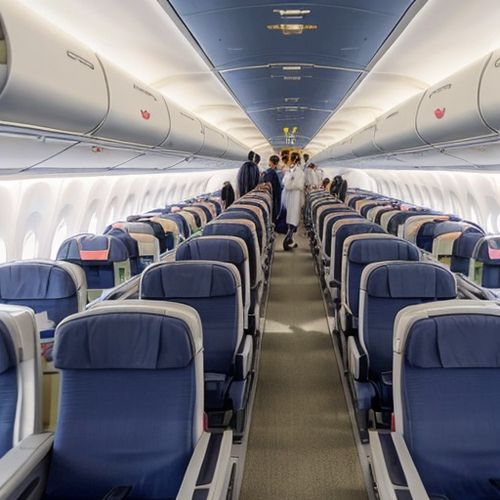
By Lily Simpson/Apr 6, 2025
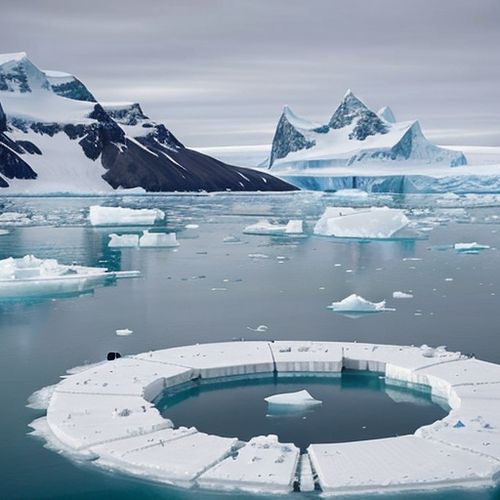
By William Miller/Apr 6, 2025
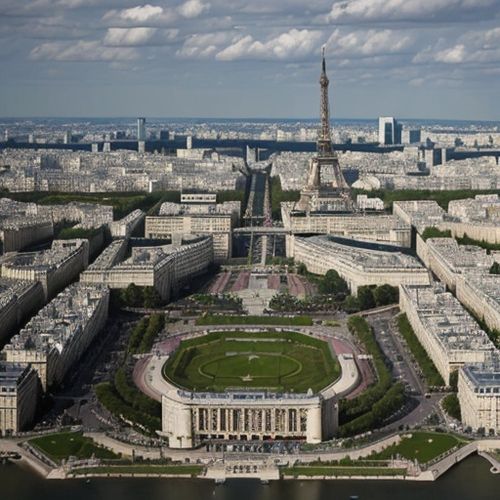
By Joshua Howard/Apr 6, 2025
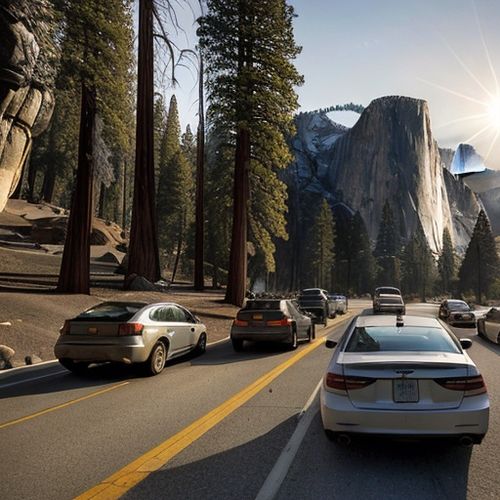
By Christopher Harris/Apr 6, 2025
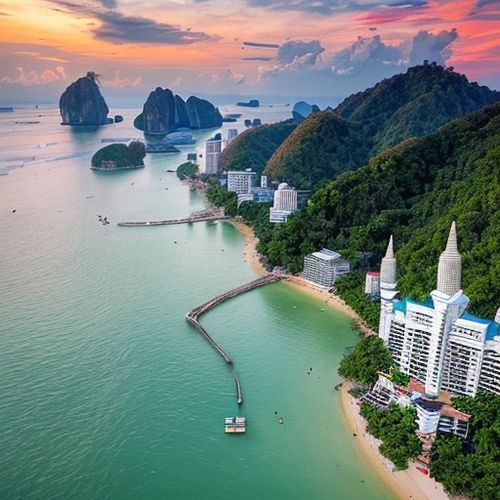
By Jessica Lee/Apr 6, 2025
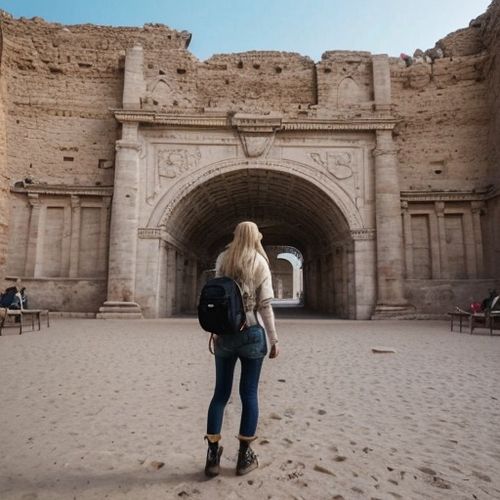
By Benjamin Evans/Apr 6, 2025
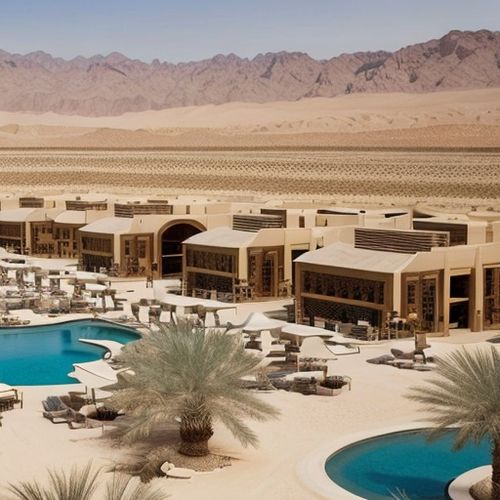
By Michael Brown/Apr 6, 2025

By Olivia Reed/Apr 6, 2025
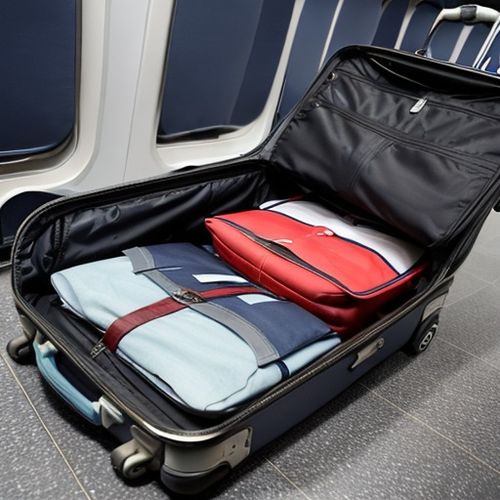
By Victoria Gonzalez/Apr 6, 2025
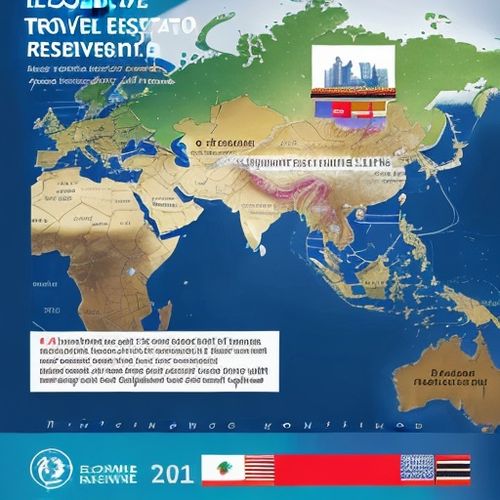
By Christopher Harris/Apr 6, 2025
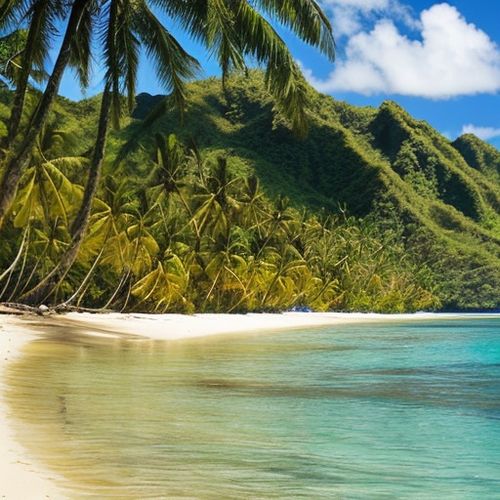
By Emily Johnson/Mar 31, 2025
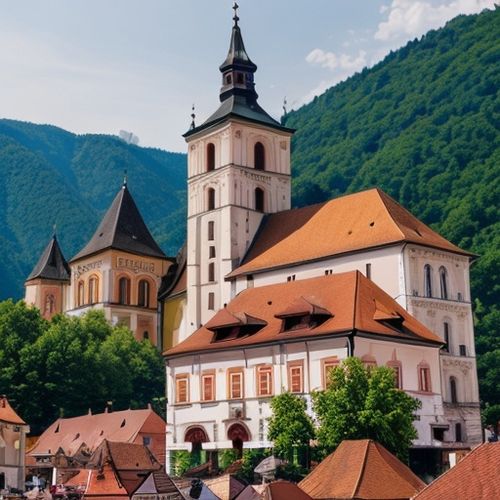
By Emily Johnson/Mar 31, 2025
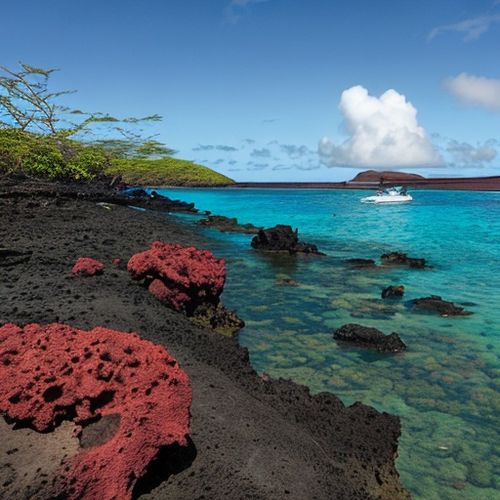
By John Smith/Mar 31, 2025
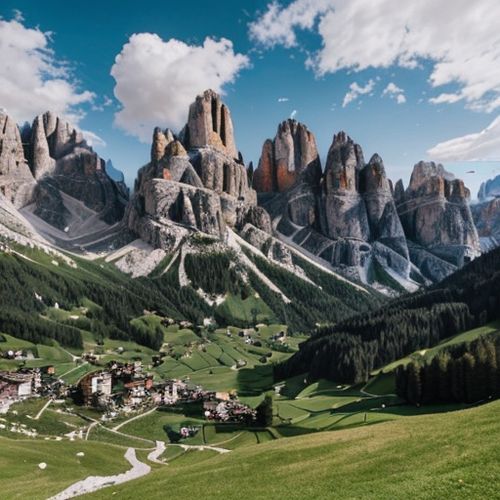
By Emily Johnson/Mar 31, 2025
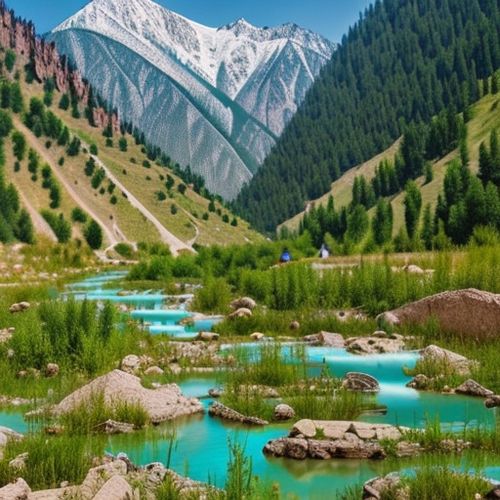
By Amanda Phillips/Mar 31, 2025
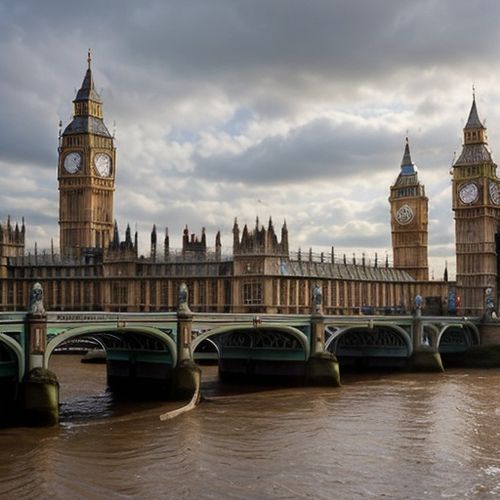
By Victoria Gonzalez/Mar 31, 2025
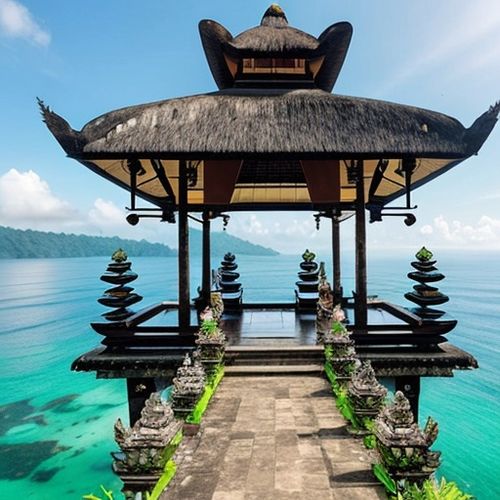
By Noah Bell/Mar 31, 2025
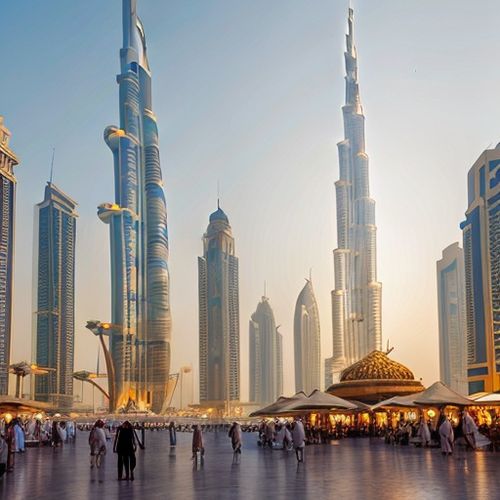
By Sarah Davis/Mar 31, 2025
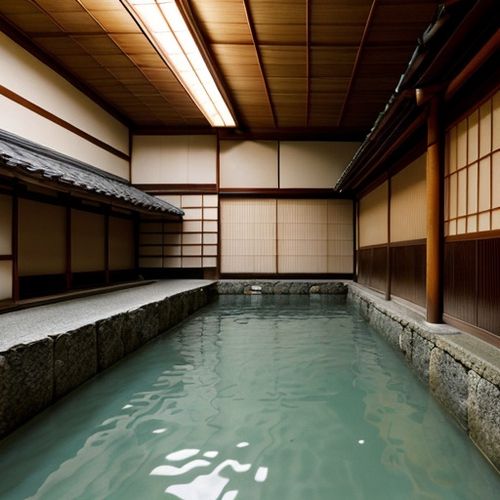
By Laura Wilson/Mar 31, 2025
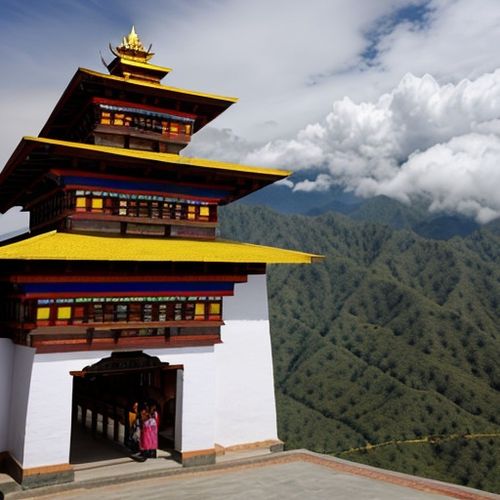
By Sarah Davis/Mar 31, 2025